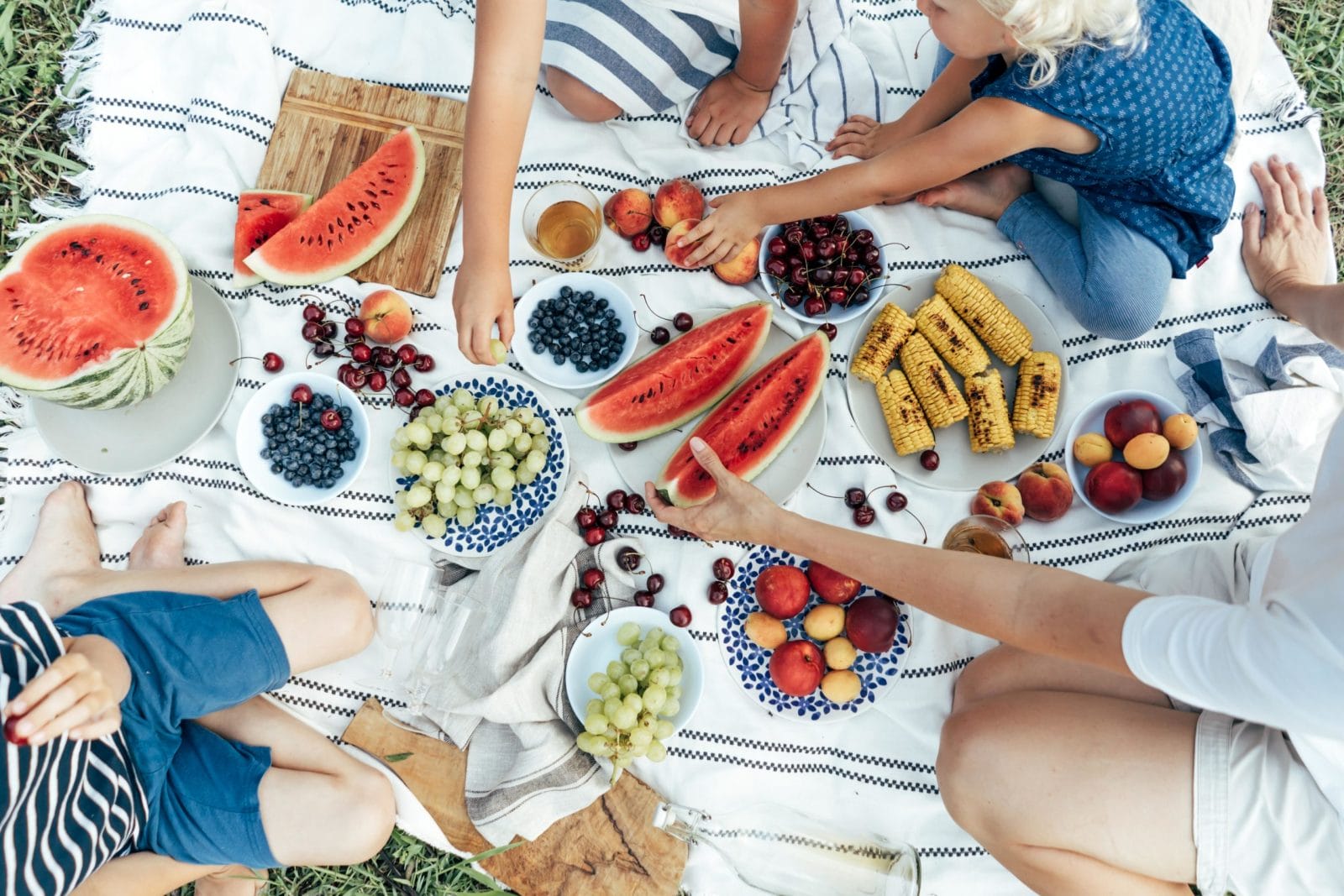Only 2% of teens eat enough veggies—here’s how to start healthy habits early

Parents everywhere: yup, that sounds about right.
Our kids are not eating enough vegetables.
A new report says that just 2% of teens are eating the recommended amount of veggies. When it comes to fruit, the numbers are slightly better: 7.1% of teens eat the recommended amount of fruit.
That’s according to the Centers for Disease Control and Prevention, who released the study in the Morbidity and Mortality Weekly Report.
The U.S. Department of Agriculture recommends that girls ages 14 to 18 should eat at least 1.5 cups of fruit and 2.5 cups of vegetables a day. Boys in the same age range should eat at least 2 cups of fruit and 3 cups of vegetables.
Overwhelmingly, our teens are falling short of that guideline.
Are the results of the CDC’s report surprising? To parents of teens, probably not.
Here’s some good news: now that families are spending more time at home, there are new opportunities to build healthy eating habits together.
One of the most impactful ways you can help your child is by modeling healthy eating.
“Studies have found that children are more likely to increase their intake of fruits and vegetables if they see their primary caretakers eating these foods regularly as well,” says Crystal C. Karges, a maternal health and child feeding specialist. “Don’t underestimate the power of eating with your children, connecting with them over a meal, and allowing them to see you enjoying a variety of different foods.”
Officials also recommend getting young kids and teens involved in the kitchen. Work together with your kids to brainstorm and plan for meals.
Kids of all ages can help prep and cook meals, too. Younger children can wash produce or mix ingredients. Allow your teens to take the lead in cooking.
Experts also recommend having healthy options on hand, as much as possible. Try to keep your kitchen stocked with fresh produce that kids can snack on.
We know that’s often easier said than done. Fresh fruits and vegetables can be expensive and go bad quickly. Also, if you’re trying to limit shopping trips out of the house during a pandemic, it often makes sense to purchase more shelf-stable foods.
You might want to consider buying frozen fruits and vegetables to avoid some of those problems. They’re often cheaper and won’t go bad after just a few days.
Some kids just reject certain foods, like vegetables, outright. It can be frustrating to spend time cooking a healthy meal, only for your child to refuse to take a bite.
Try to stay patient and positive, mama.
“I also encourage parents to not give up on offering,” says Karges. “Oftentimes, parents see early signs of food rejection in their children and give up on offering those foods. However, children need repeated opportunities to engage with a food before they might consider eating it. This is why repeated exposure of foods that might be challenging for a child (like vegetables, for example) is important.”
When we introduce solids to babies, experts recommend patience. It can take several servings of a food before a baby might grow to like something that’s good for them.
Let’s keep that mentality when it comes to feeding our big kids, too. Give them the opportunity to try new foods, even ones that they’ve rejected before.
They might come around on the second or third try and surprise you.
And don’t give up!
“It can be discouraging if your child is dealing with picky eating, or if you’re working hard to implement healthy habits for your family but aren’t seeing any results,” says Karges. “Every little thing you’re doing for your family matters and is supporting your children in building a foundation for a healthy relationship with food.”
It’s all about helping our kids build healthy eating habits now to carry with them into adulthood.


































